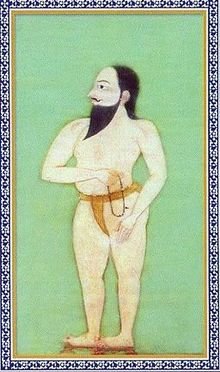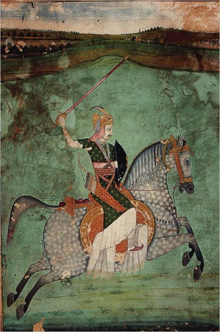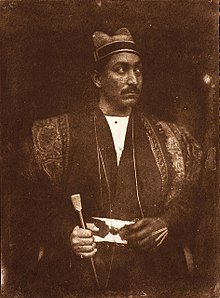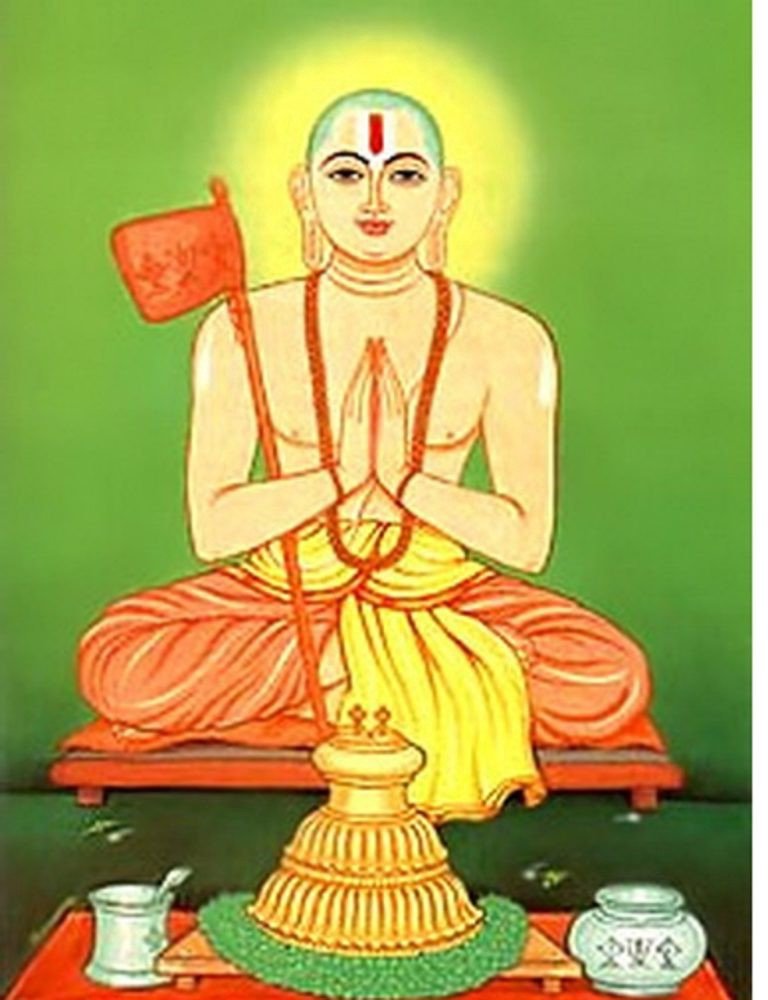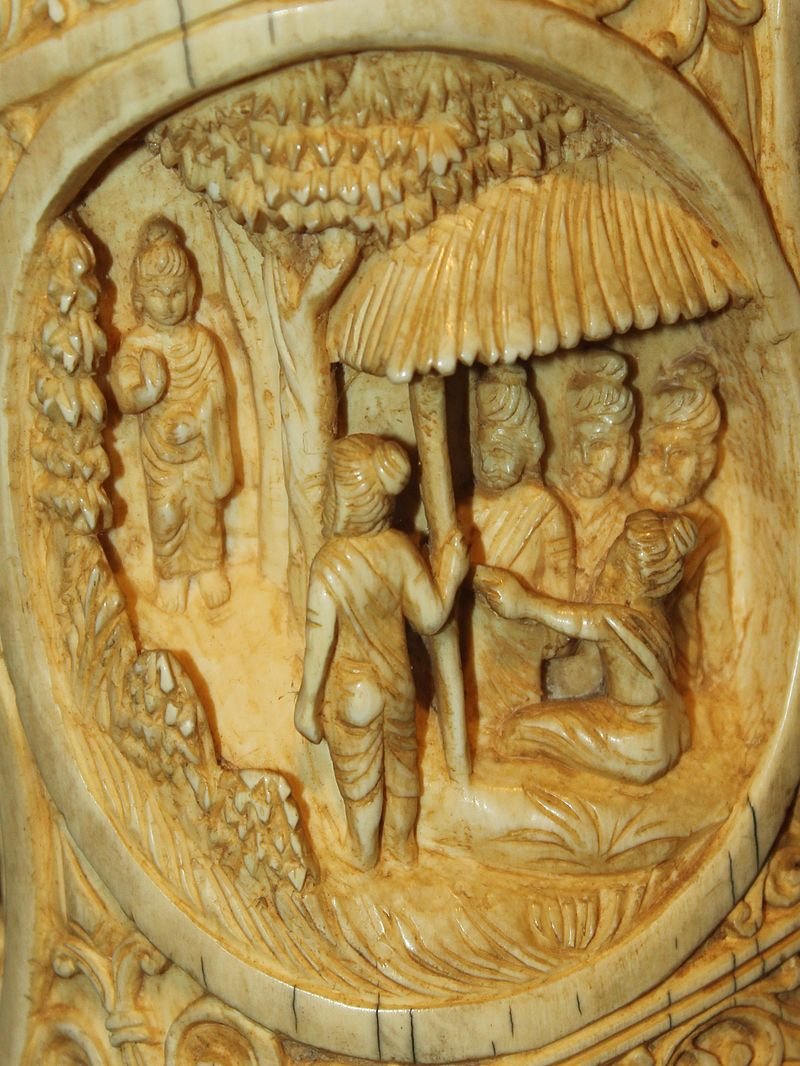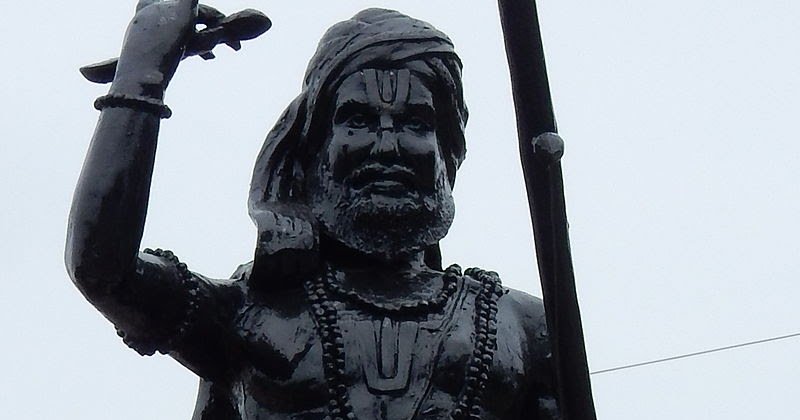Rani Bhabani (Bengali: রাণী ভবাণী) (1716–1795) was a Hindu zamindar, also known as the ‘Queen of Natore‘[1] during the British colonial era in what is now of Rajshahi, Bangladesh.[2] She was married to Maharaja Ramkanta Moitra (Ray), ‘Zamindar’ of Natore estate. Rajshahi Raj or Natore estate was a large zamindari which occupied a vast position of Bengal. The Natore estate had an area of nearly 34,000 square kilometres (13,000 sq mi) and included not… Continue reading Rani Bhabani
ऐतेहासिक
Smarthavicharam
Smārthavichāram (meaning ‘inquiry into the conduct’), was the trial of a Nambudiri woman and fellow male adulterers who were accused of illegitimate sexual relations.[1] If the accused women was found guilty, she and the men found involved with her (known as jāran) were excommunicated from the caste (Bhraṣṭû) and banished.[2] The trial was mainly conducted by the smārthans from three Bhattathiri families. They are Pattachomayarath Mana, Vellaykat Mana… Continue reading Smarthavicharam
Śāriputra
Śāriputra (Sanskrit: शारिपुत्र; Tibetan: ཤཱ་རིའི་བུ་, Pali: Sāriputta, lit. “the son of Śāri”, born Upatiṣya, Pali: Upatissa) was one of the top disciples of the Buddha. He is considered the first of the Buddha’s two chief male disciples, together with Maudgalyāyana (Pali: Moggallāna). Śāriputra had a key leadership role in the ministry of the Buddha and is considered in many Buddhist schools to have been important in… Continue reading Śāriputra
Samarth Ramdas
Samarth Ramdas (c. 1608 – c. 1681), also known as Sant (saint) Ramdas or Ramdas Swami or simply Ramdas was an Indian Marathi Hindu saint, philosopher, poet, writer and spiritual master. He was a devotee of the Hindu deities Rama and Hanuman. Early life Ramdas or previously Narayan was born at Jamb, a village in present-day Jalna district, Maharashtra on the occasion of Rama Navami, probably in 1608.… Continue reading Samarth Ramdas
Baji Rao I
Baji Rao I (18 August 1700 – 28 April 1740), born as Visaji,[1] also known as Bajirao Ballal,[2] was the 7th Peshwa of the Maratha Empire. His relationship with his Muslim wife, a subject of controversy,[3][1] has been adapted in Indian novels and cinema.[4][5][6] Baji Rao is the most celebrated personality after Shivaji in the history of the Maratha Empire.[by whom?][neutrality is disputed] His achievements are establishing Maratha supremacy… Continue reading Baji Rao I
Nana Fadnavis
Nana Phadnavis (also Fadanvis and Furnuwees and abbreviated as Phadnis) (February 12, 1742[citation needed] – March 13, 1800), born Balaji Janardan Bhanu, was an influential minister and statesman of the Maratha Empire during the Peshwa administration in Pune, India. James Grant Duff states that he was called “the Maratha Machiavelli” by the Europeans.[1] Early life Balaji Janardan Bhanu was born in a Chitpavan Brahmin family in Satara in 1742 and was nicknamed ‘Nana’. His grandfather Balaji Mahadaji… Continue reading Nana Fadnavis
Moropant Trimbak Pingle
Moropant Trimbak Pingle (मोरोपंत त्र्यंबक पिंगळे) (1620–1683), also known as Moropant Peshwa (मोरोपंत पेशवे), was the peshwa of the Maratha Empire, serving on Chatrapati Shivaji Maharaj‘s Ashta Pradhan (Council of Eight Ministers).[1] Early life He was born in Deshastha Brahmin family[2] in 1620 Nimgaon. In 1647, Moropant joined Chatrapati Shivaji in establishing the Maratha Empire. He was one of the warriors who participated in the successful 1659 battle of Shivaji’s forces against the forces… Continue reading Moropant Trimbak Pingle
Mohan Lal Kashmiri
Mohan Lal Zutshi KLS[1] (popularly known as Mohan Lal Kashmiri; 1812 – 1877) was an Indian traveler, diplomat, and author. He played a central role in the First Anglo-Afghan War of 1838–1842. His biography of Dost Mohammad Khan, the Emir of Afghanistan in Kabul, is a primary source on the war. Mohan Lal’s wife, Hyderi Begum, was a Muslim scholar. During the Indian Rebellion of… Continue reading Mohan Lal Kashmiri
Kumārila Bhaṭṭa
Kumārila Bhaṭṭa (fl. roughly 700) was a Hindu philosopher and a scholar of Mimamsa school of philosophy from early medieval India. He is famous for many of his various theses on Mimamsa, such as Mimamsaslokavarttika. Bhaṭṭa was a staunch believer in the supreme validity of Vedic injunction, a champion of Pūrva-Mīmāṃsā and a confirmed ritualist.[1] The Varttika is mainly written as a subcommentary of Sabara’s commentary… Continue reading Kumārila Bhaṭṭa
Kaundinya
Koundinya, Kouṇḍinya (Sanskrit कौण्डिन्य), or Koṇḍañña (Pali), also known as Ājñātakauṇḍinya, Pali: Añña Koṇḍañña), was a brahmin, who became Buddhist monk follower of Gautama Buddha and the first to become an arhat. He lived during the 6th century BCE in what are now Uttar Pradesh and Bihar, India. According to traditional accounts, at the time of Gautama Buddha’s birth, he predicted his future destination as an enlightened teacher. Life Kaundinya first came… Continue reading Kaundinya
Gopana
Gopana (c. 14th century CE) was an army officer and a Telugu poet who composed Sindhumati Vilasamu, the first Telugu literary work of the Southern school. Gopana was also one of the important generals in the army of the Vijayanagara prince Kumara Kampana II and played a leading role in the conquest of the Madurai Sultanate. Gopana who was the General of Kumara Kampana II,… Continue reading Gopana
Chanakya
Chanakya (IAST: Cāṇakya, pronunciation (help·info)) was an ancient Indian teacher, philosopher, economist, jurist and royal advisor. He is traditionally identified as Kauṭilya or Vishnugupta, who authored the ancient Indian political treatise, the Arthashastra,[3] a text dated to roughly between the 4th century BCE and the 3rd century CE.[4] As such, he is considered the pioneer of the field of political science and economics in India, and his work is thought of as an important… Continue reading Chanakya




